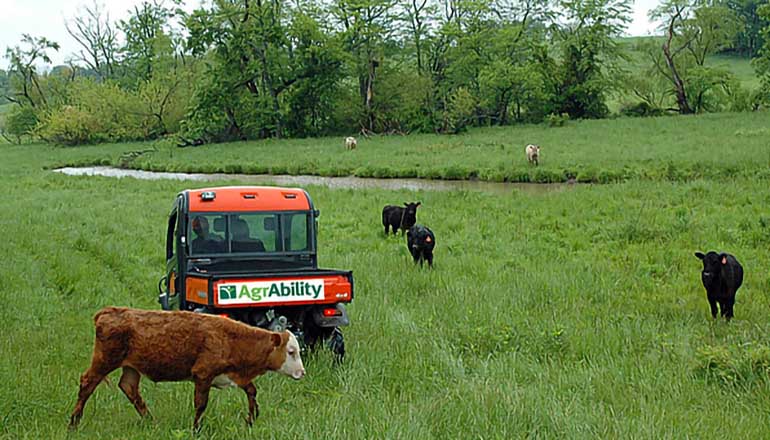Spring and riding all-terrain vehicles (ATVs) seem to go hand in hand. However, according to Karen Funkenbusch, a health and safety specialist with the University of Missouri Extension, ATV accidents can lead to tragedy when precautions are not followed.
Funkenbusch notes that ATVs can provide hours of enjoyment in the days ahead if riders adhere to safety rules. It is crucial to educate young riders about the rules of the road and to set a good example through responsible riding.
ATVs lack a fixed center of gravity and roll bars. Capable of reaching speeds up to 65 miles per hour, they can tip easily and eject passengers. Riding in rural areas requires special precautions. It is important to remember that ATVs are often used in locations with limited cellphone coverage and challenging access for emergency vehicles.
To prepare for the unexpected, Funkenbusch advises riders to carry essential items on their ATV, including a first-aid kit, flashlight, toolkit, and a supply of water.
Funkenbusch offers the following safety tips:
- Wear a Department of Transportation-compliant helmet, over-the-ankle boots, and gloves. Riding without a helmet or barefoot is dangerous. In Missouri, helmets are mandatory for riders under 18 years old.
- Understand and follow the rules of the road, including using turn signals.
- Utility vehicles must be operated within 3 miles of the operator’s primary residence.
- Avoid riding on paved roads to prevent collisions with other vehicles. Most ATV-related fatalities occur on paved roads. Missouri laws restrict ATV use on paved roads to specific purposes such as government, agriculture, or industrial operations during daytime hours.
- Never operate an ATV under the influence of alcohol or drugs.
- Ensure the ATV is appropriately sized for the passenger.
- Supervise young riders closely. In Missouri, children under 16 are prohibited from operating an ATV unless they are accompanied by a parent or are on the parent’s property.
- Conduct a pre-ride check of your ATV’s tires, wheels, controls, and lights. Also, ensure there is adequate fuel to avoid getting stranded in isolated areas.
- Utility vehicles should not be operated in streams or rivers in most situations.
- The maximum speed for ATVs should not exceed 45 miles per hour.
- A triangular safety display must be mounted on the vehicle at least 2 feet above the road.
For those interested in learning more about ATV safety, an e-learning course is available at the ATV Safety Institute’s website. Additional information about Missouri’s ATV laws can be found at on the Missouri State Highway Patrol website.


